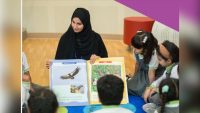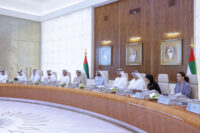As global debates reignite over the role of printed material in education, recent moves such as Sweden’s return to traditional textbooks have brought a fresh focus to the discussion. Principals across the GCC share how they are navigating the shift
In a bold move that captured global attention, Sweden recently announced a shift back to traditional printed textbooks in schools, pausing the aggressive push towards digital learning. Citing concerns over screen time and the impact of digital media on learning outcomes, this policy change has reignited the global conversation around the role of printed materials in education and how best to strike a balance in the classroom.
To understand how this debate is unfolding across the GCC, Education Middle East reached out to school leaders across the region. Their responses are shaped by research, experience and the practical realities of today’s classrooms.
Some school leaders say that printed textbooks never left and that they remain central to the learning experience due to their tactile, multisensory advantages and ability to minimise distractions. Others highlight how digital platforms provide unmatched flexibility, enabling personalised, adaptive learning while supporting traditional skills through hybrid tools. Several principals emphasise that it’s not about choosing one over the other but about finding the right balance – a blended approach that empowers students to benefit from both worlds.
Environmental consciousness is a key consideration, with concerns over the waste generated by discarded textbooks and the logistical advantages of digital resources. Issues such as screen time, student engagement, cognitive development and health are also influencing the conversation.
Leaders from across the GCC share how their schools are navigating this evolving landscape and what it means for the future of learning.








